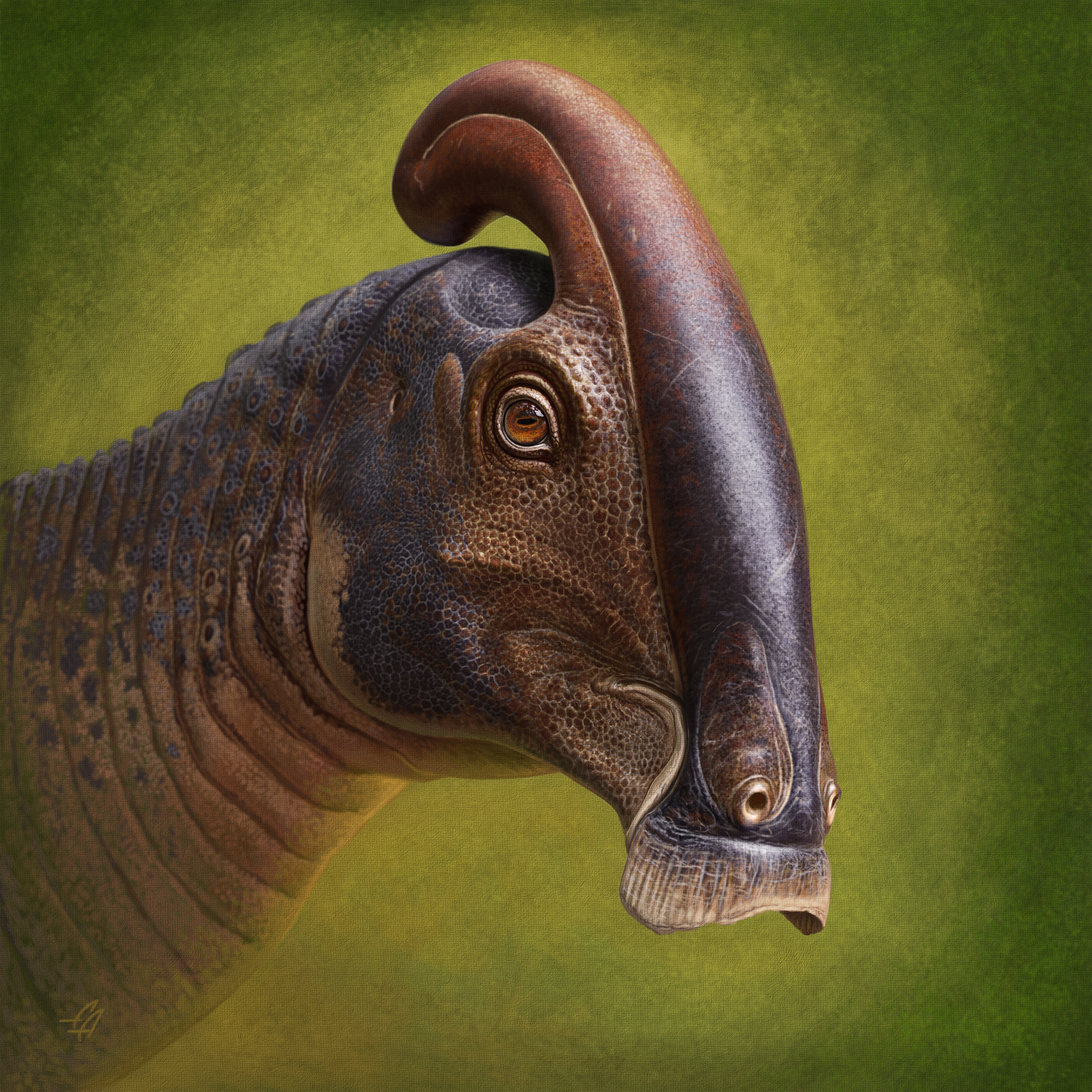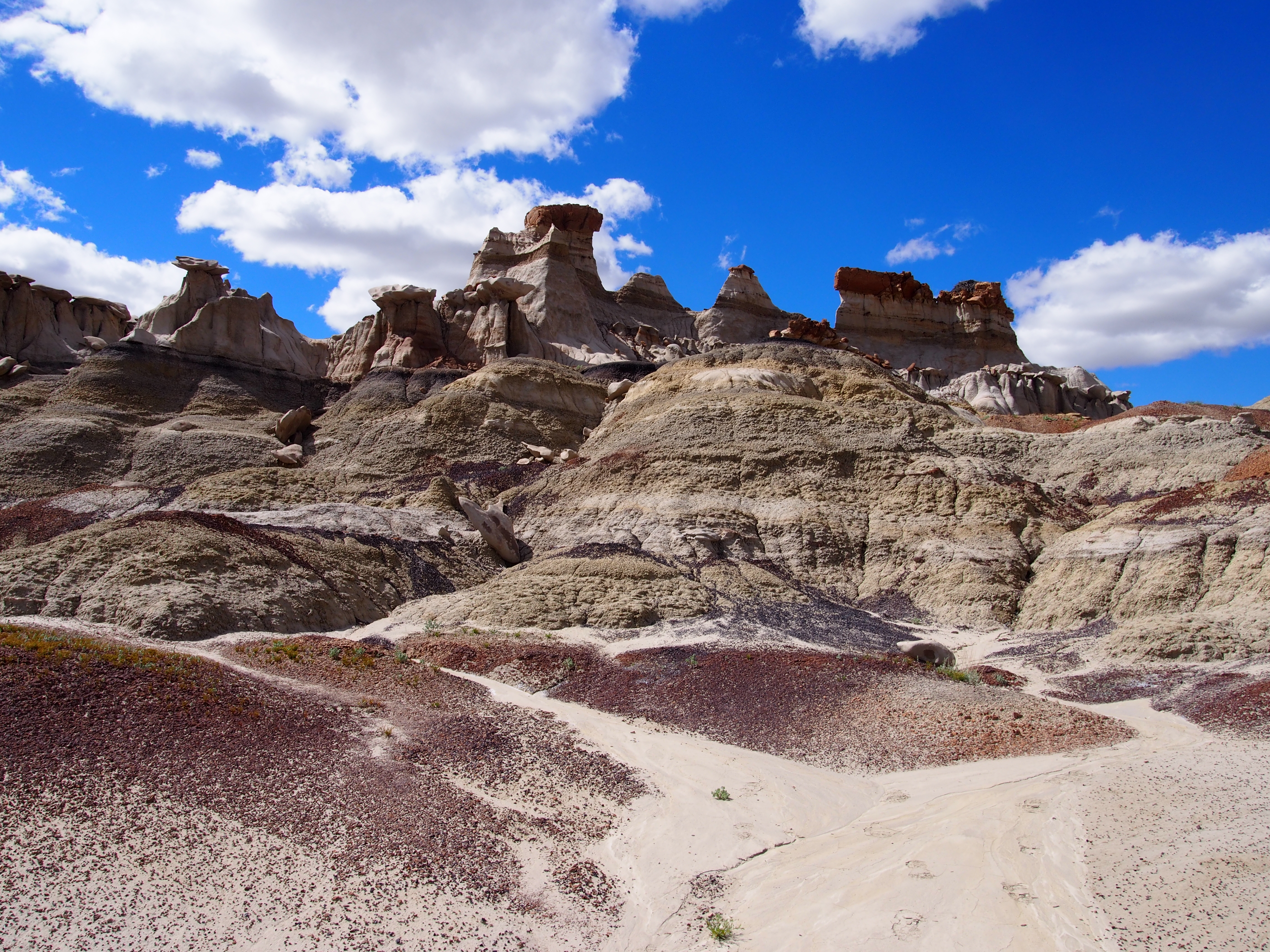[ad_1]
(CBS Denver)– The team that discovered the first new skull of a rare species of dinosaur in 97 years was led by Joe Sertich from the Denver Museum of Nature and Science. This discovery has finally put to rest decades of disagreement among paleontologists when it comes to how the skull of the Parasaurolophus grew on the dinosaur.

(credit: Denver Museum Nature & Science)
The dinosaur is recognized by a large hollow tube that grows on its head. The discovery in northwestern New Mexico revealed what the Denver Museum of Nature and Science called an “exquisite preservation of the skull, especially the bizarre tube-shaped nasal passage” which finally revealed the structure of the crest after decades of disagreement.
“Over the past 100 years, ideas for the purpose of the exaggerated tube crest have ranged from snorkels to super sniffers,” noted David Evans, the Temerty Chair in Vertebrate Palaeontology and Vice President of Natural History at the Royal Ontario Museum, in a statement. “But after decades of study, we now think these crests functioned primarily as sound resonators and visual displays used to communicate within their own species.”
According to DMNS, the skull is dated to about 75 million years ago when North America was divided by a shallow sea. The area was populated with duckbilled dinosaurs, horned dinosaurs and early tyrannosaurs. The skull shows that the crest of the Parasaurolophus is formed much like other related duckbilled dinosaurs.

(credit: Denver Museum Nature & Science)
“This specimen is a wonderful example of amazing creatures evolving from a single ancestor,” said Sertich in a statement.
“Imagine your nose growing up your face, three feet behind your head, then turning around to attach above your eyes. Parasaurolophus breathed through eight feet of pipe before oxygen ever reached its head,” said Terry Gates, a paleontologist from North Carolina State University, in a statement.
The partial skull was discovered in 2017 in the Bisti/De-Na-Zin Wilderness of New Mexico by Smithsonian Ecology Fellow Erin Spear, Ph.D. while exploring the badlands as part of a Denver Museum of Nature and Science team. At first, only a tiny portion of the skull was visible on the steep sandstone slop but as they chiseled the specimen, it revealed the intact crest of the skull along with part of the lower jaw and a handful of ribs.

(credit: Denver Museum Nature & Science)
“The preservation of this new skull is spectacular, finally revealing in detail the bones that make up the crest of this amazing dinosaur known by nearly every dinosaur-obsessed kid,” said Sertich in a statement. “This just reinforces the importance of protecting our public lands for scientific discoveries.”
According to DMNS, For decades, the family tree of Parasaurolophus placed the two long, straight-crested species of Parasaurolophus (P. walkeri from Alberta and P. tubicen from younger rocks in New Mexico) as most closely related despite being separated by more than 1,000 miles (1,600 km) and 2.5 million years. Analysis of additional features of the skull excluding the crest, together with information from other Parasaurolophus discoveries from southern Utah, suggest for the first time that all of the southern species from New Mexico and Utah may be more closely related than they are to their northern cousin. This fits patterns observed in other dinosaur groups of the same age, including horned dinosaurs.
[ad_2]
Source link